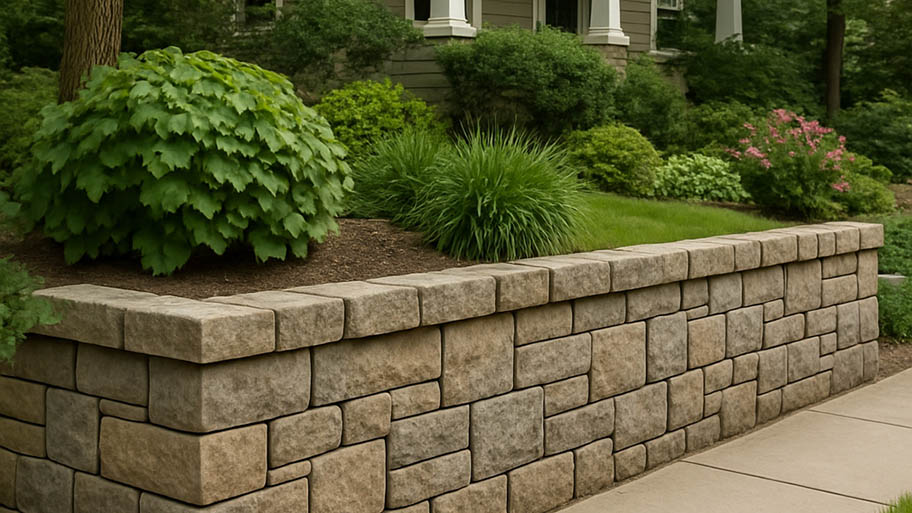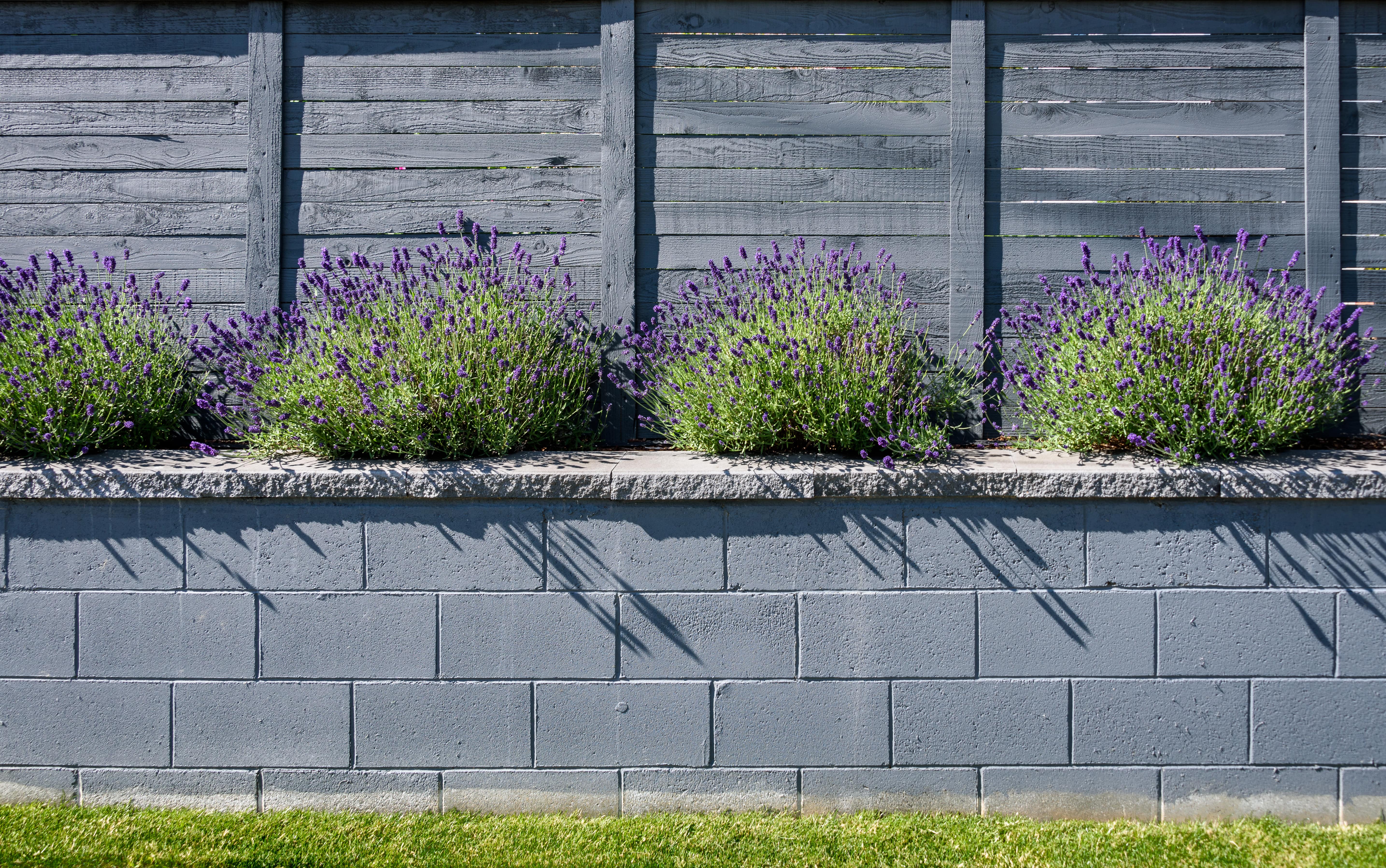
Kick erosion to the curb with an eye-catching retaining wall. Retaining wall costs vary based on the material, but this guide will help you budget.
Understanding the pros and cons of tumbled pavers can prevent some unpleasant surprises later on


Tumbled pavers not only improve your home’s curb appeal but can also substantially boost your home’s value.
To have tumbled pavers professionally installed, labor costs range from $50 to $80 per hour, but experienced DIYers can usually complete the project.
Tumbled pavers require a moderate amount of maintenance, which may include cleaning, sealing, and paver repair and replacement.
There’s nothing quite like pulling into your driveway at the end of a hard day and being greeted by pristine landscaping, complete with an elegant walkway of tumbled paving tiles leading to your front door.
But it’s not only the aesthetic appeal that you love: it’s also the value and the functionality that your tumbled pavers add to your home. The sophisticated, Old-World feel that pavers provide can increase your property's resale price and create an inviting space for entertaining.
However, that doesn’t mean that tumbled pavers don’t have their downside, from installation costs to maintenance. That’s why it’s important to understand the pros and cons of tumbled pavers before installing them on your property.
Tumbled pavers have lots of benefits to recommend them.
By far, one of the biggest pros of tumbled pavers is just the incomparable look of them. If you want a high-end look for your home’s exterior, then tumbled pavers are the way to go. And because they come in a seemingly endless variety of styles, you can design your pavers for any style you want, even if you’re simply looking to liven up your walkway.
Another benefit of tumbled pavers is how functional they are. You can use tumbled pavers in your landscape in a way that meets your family’s particular needs. You might use them, for instance, to build a functional paved driveway and sidewalk or to install a dedicated outdoor living space for entertaining guests or just relaxing at home.
Landscaping your home’s exterior with tumbled pavers isn’t just going to significantly improve your overall curb appeal, but it will also increase your property values. After all, when you add pavers, you’re making your home’s exteriors more attractive and making them more functional.
With a paved patio, you’re giving potential buyers additional living space—and that’s never a bad thing.

Despite tumbled pavers’ many advantages, there are a few downsides.
Many other home projects are more costly than installing tumbled pavers, especially if you do it yourself. But that doesn’t mean that the project is cheap.
Expect to pay as little as $2,400 to as much as $7,000 on the high end for tumbled pavers, according to HomeAdvisor. Labor alone may cost as much as $80 per hour.
If you’re a seasoned DIY, paver installation may be a project you can tackle yourself, but the materials can still be pretty costly. In fact, the cost of materials for a patio constructed of tumbled pavers averages around $100 per square foot.
Installing tumbled pavers isn’t a terribly difficult project for the experienced DIYer, but it’s not exactly simple either. If you’re doing it yourself, you’ll need at least a full day and several materials that you might not have just lying around the garage, such as a plate compactor or maybe even a skid steer.
Tumbled pavers are quite easy to maintain, but they’re not maintenance-free. To maintain your pavers, you’ll want to sweep and rinse them daily and clean them at least once a month, depending on the amount of dirt and debris that has accumulated.
In addition to regularly cleaning your pavers, you may choose to seal your pavers every couple of years to protect them against the elements.
And the maintenance doesn’t end there. You’ll also need to ensure that your gravel and subsoil have not shifted or eroded, that weeds and grasses haven’t caused your pavers to shift or become uneven, and that your pavers haven’t been broken or chipped, which could lead to trip and fall hazards.
When you notice issues like these, you’re going to want to repair or replace your tiles or call in a professional for help.
From average costs to expert advice, get all the answers you need to get your job done.

Kick erosion to the curb with an eye-catching retaining wall. Retaining wall costs vary based on the material, but this guide will help you budget.

Need to know how much decomposed granite costs? Learn about the factors that affect decomposed granite's price and how much you need for your project.

While a stone wall typically costs thousands of dollars, the value it brings to your home can raise its value both aesthetically and monetarily.

Find out how much a concrete retaining wall costs. Get average prices, cost factors, and expert tips to budget and save on your installation.

There's no need to cover up your entire lawn to install a driveway or walkway. Grass paver blocks offer a natural alternative to stone and concrete.

Looking to beautify your outdoor area with a walkway? Use these stepping stone walkway ideas for inspiration for adding a bit of tranquility to your space.